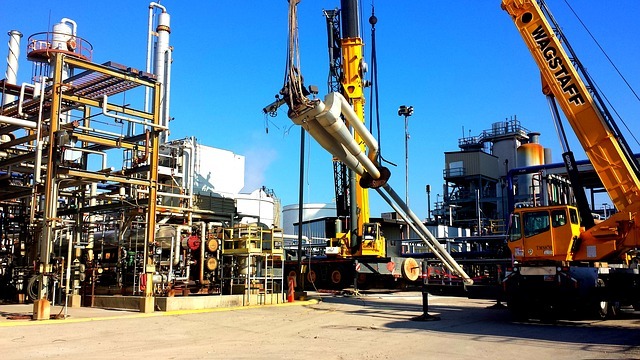How Confusion on Piling Rig Rules Set the Stage for Fatalities?
The drill industry’s insider minds are under the notion that piling rig rules are likely unsafe. How so?
If we are going to apply the same rules on safety to bakery mixers like the 32-meter drills that are capable of producing enormous building foundations, you can still get excused for assuming that somewhere along the line there was a discrepancy.
Generally speaking, the immense rigs are created either by Italian or German firms. They are designed to be in line with the EN791 and EN 99 regulations. But the applied rules here are rather more exacting, and they are also extended with respect to the Supply of Machinery as well as Provision and Use of Work Equipment or PUWER regulations.

According to the rules, public health and safety shouldn’t be put into compromise. Preventive measures or practical ways to control or mitigate such risks should be in place. In the case of piling rigs, this will translate into safety cut-outs and having set some guard mechanisms.
The safety guards in enormous drill rigs, which usually have an average weight of 15 tonnes or more, will significantly help in putting a demarcation line to what the auger drill can do and go to. There is a deliberation that is going on right now between the Federation of Piling Specialists or FPS and the HSE. The goal of which is to ditch out a solution involving how the guards are going to be designed with the manufacturers.
But the HSE tends to assert the guards intended for drill rigs that weigh below 15 tonnes. This is carrying the risk of destabilizing them. They have the potential to render the machines more unsafe than already are and the HSE is deliberately not paying any heed to that. Needless to say, it is creating an added safety hazard.
The piling rig operators with guards commit a good amount of time just to switch augers to reach the depths they require even though this would translate to a reduced amount of productivity.
Some others think that the guidelines are somehow unworkable and not actionable at all simply because the area in which the HSE wants the safety tripwire installed is not practical for users. The reason behind this is that there is a good chance that the spoil will be hitting the drill string. Thus, cutting out the machine.
The front of the drill string is usually being wrapped in cages and guards. People will not let these machines in sites since they require this type of cage. In the event of an accident and these machines don’t have them, it runs the risk of bringing along a lot of trouble.

Modification works that will help meet the set regulations will cost around £14,000 which will also cover the cutting torque and rotary speed.
UK Soilmec managing director Robin North is befuddled by which machines should come with handrails. He further explains that he needs to know why this applies to a drilling rig but not a practical option to have in an excavator. He wants to know if there are any underlying reasons why they keep on insisting on all this for drilling rigs.
The HSE said that it penned out a letter to different firms in March last year. They outlined their concerns in that letter indicating various potential risks to drilling equipment operators and made a follow up on this with inspectors looking into actual site standards.
How Confusion on Piling Rig Rules Set the Stage for Fatalities? Read More »

